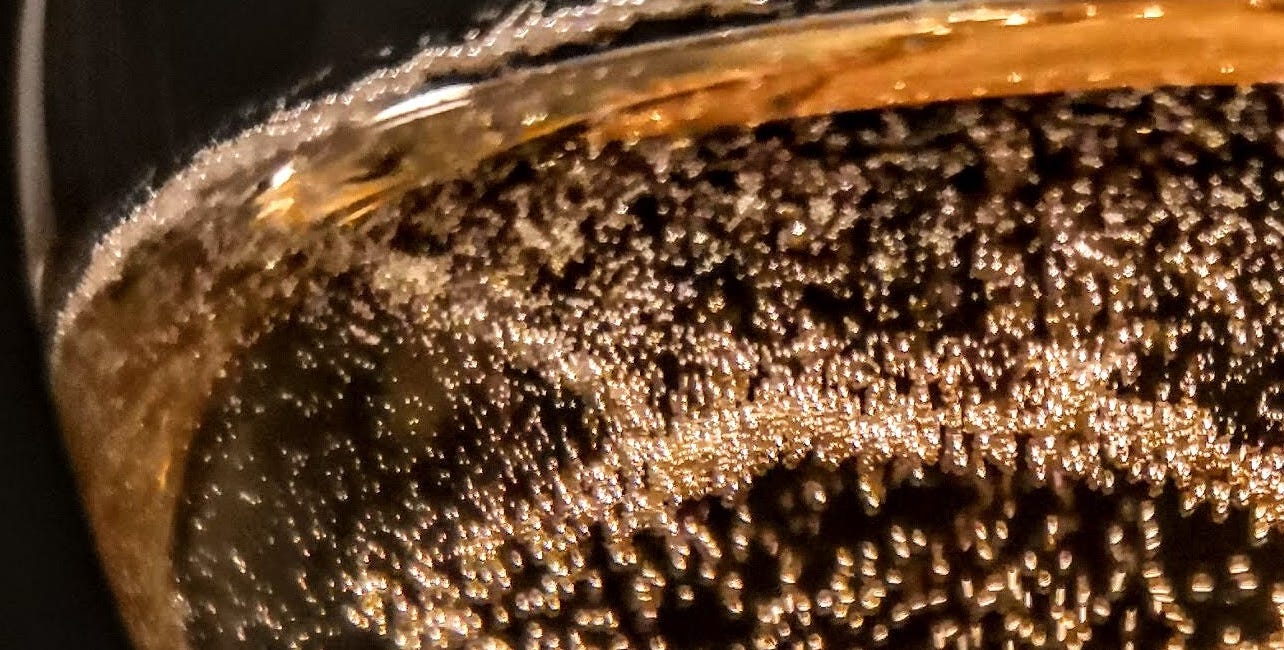A spoonful of sugar
An update to research on the Maillard reaction with Hannah Charnock
Welcome, bubbleheads.
Straight in with some geekery this week. I had the pleasure of catching up with Canadian researcher Hannah Charnock at the beginning of January. Hannah is a specialist on the Maillard reaction, a rather mysterious process that is critical to the development of toasted, caramelised and otherwise delicious flavours in those aged sparkling wines we all love. Reserve wines, lees ageing, post-disgorgement ageing….all these processes involve the Maillard reaction. There’s a primer based on my first chat with Hannah here:
Getting toasty with the Maillard reaction
Welcome, bubbleheads. A deep dive into flavour science this week. If you’re anything like me, some of this may feel like the blind leading the blind (although your esteemed author does hold a hazy A-level in Chemistry). I never cease to find this stuff fascinating though, so I hope you enjoy the trip.
Even if Charnock’s PhD is going to be somewhat above most of our (bubble)heads, the interest here is in the clues it offers for those times when we want to unpick what’s going on; what comes from where? Is that oak, or ageing? Or cork? What role does dosage actually play?
Charnock’s latest research was into the role of dosage, and whether different sugar type contribute to different products - and therefore different flavours - in the Maillard reaction.
A spoonful of sugar….doesn’t help all that much? Mary Evans/Walt Disney Pictures/Ronald Grant/Everett Collection
A glass of beetroot, anyone?
Traditional Method sparkling wine requires - or almost always requires - sugar additions. Sometimes juice has sugar added to it to bring the alcohol level after the first fermentation up to the right level (usually 10-11%). Sugar is needed for the in-bottle fermentation that follows, too. Finally, much smaller amounts of sugar are often added as dosage, after the yeast sediment that forms after the second fermentation is removed.
One thing you’ll notice if you talk to a wine scientist is that they don’t say, “sugar”. The say “sugars”. The truth is that there’s a whole family of sugars in wine, some which yeast feed on to ferment, and some which they leave in the wine.
There’s also the question of where any sugar addition come from. Grapes? Beet? Cane?
Champagne, after all, is the land of beets, so refined beet sugar is often used (cane sugar less so).
Keep reading with a 7-day free trial
Subscribe to Six Atmospheres | Champagne & Sparkling Wine to keep reading this post and get 7 days of free access to the full post archives.






